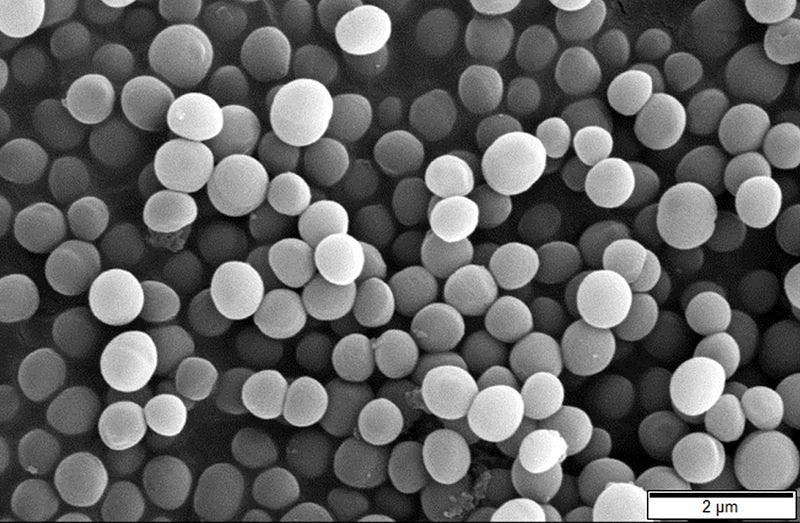Two new antibiotic compounds join the fight against drug-resistant bacteria.

Image credits Mogana Das Murtey, Patchamuthu Ramasamy.
The compounds have been named corbomycin and complestatin, and are part of the glycopeptide family of antibiotics produced by soil bacteria (the Actinomycetes family in particular). The unique way in which they attack bacteria makes them very promising candidates against drug-resistant infections, the study reports.
Don’t tear down this wall
The study reports that laboratory studies on mice showed that these two substances interact with bacteria in a completely different way from anything we’ve seen before.
“Bacteria have a wall around the outside of their cells that gives them shape and is a source of strength,” said study first author Beth Culp, a PhD candidate in biochemistry and biomedical sciences at McMaster.
“Antibiotics like penicillin kill bacteria by preventing building of the wall, but the antibiotics that we found actually work by doing the opposite — they prevent the wall from being broken down. This is critical for cell to divide.”
Both corbomycin and complestatin have proven themselves effective in combating Methicillin-resistant Staphylococcus aureus (MRSA), a family of bacteria that is highly resistant to antibiotics and is responsible for many serious, potentially life-threatening infections today.
Glycopeptides inhibit the growth of cell membranes by blocking the synthesis of peptidoglycan, which is a vital building block. It may not sound like much of a hassle but this effectively prevents bacteria from multiplying, as they need to generate extra membrane before dividing. These two compounds essentially ensures the bacteria are “trapped in a prison, and can’t expand or grow.”
For the study, the team started with a list of known glycopeptides — a chemical class that includes some of the most powerful and dangerous antibiotics humanity has ever wielded — and the microbial genes that encode their synthesis. They hoped that compounds encoded in different genes would also engage bacteria in different ways. This step set them on the trail of corbomycin and complestatin.
Looking at the family tree of known members of the glycopeptides, researchers studied the genes of those lacking known resistance mechanisms, with the idea they may be antibiotics demonstrating a different way to attack bacteria. Further testing in collaboration with Yves Brun and his team from the Université de Montréal carried out with cell imaging equipment, revealed how they acted on bacterial membranes.
“This approach can be applied to other antibiotics and help us discover new ones with different mechanisms of action,” Culp explains. “We found one completely new antibiotic in this study, but since then, we’ve found a few others in the same family that have this same new mechanism.”
One of the most exciting findings of the study is that the compounds show efficiency even against Enterococcus strains resistant to vancomycin and S. aureus strains that show an intermediate resistance to vancomycin. Vancomycin is used as a last-line-of-defense antibiotic against gram-positive infections that do not respond to any other treatment.
The paper “Evolution-guided discovery of antibiotics that inhibit peptidoglycan remodelling” has been published in the journal Nature.






